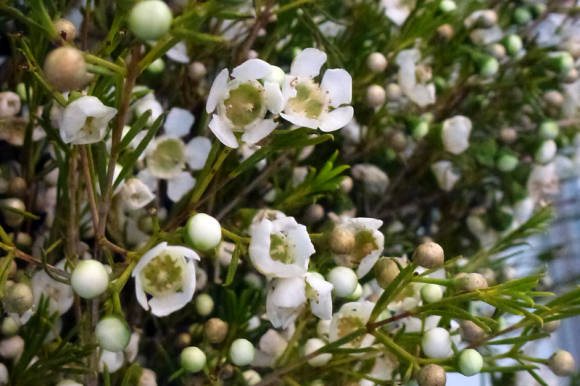 Grapes - vine formation Grapes - vine formation |
Gardeners of the Urals have re-read a mountain of books on viticulture, but not finding answers to their questions in the literature about southern vineyards, they, nevertheless, did not blindly copy the technique of the southerners, but continue to look for their own ways of growing a vine in the Urals. The realization has already come that not everything that has been written is suitable for local conditions.
The fact that the understanding of the process of growth and fruiting of grapes has begun in your garden, and not blindly following the postulates that are three times correct, but established not for our region, pleases me. Most of all, I was asked questions about the method of accelerated formation of a bush, which allows in one summer to grow a bush from a rooted cuttings that can bear fruit next year. I will share my experience.
Preparing the soil mixture and replanting.
So, to begin with, you have this year's rooted stalk with green growth. The first thing to do is to carefully, without destroying the earthen lump, transplant it into a container of at least 5-7 liters. The most suitable for this is a plastic bucket, from which the next year, when transplanting to the site, the seedling is very easily removed.
Prepare the planting mixture, this is 50% success. Composition: one third of ordinary garden land, a third of rotted manure or rotted sawdust and a third of coarse sand (screening can be used). If, in the absence of manure, sawdust is used, then any complete fertilizer should be added to the mixture, for example, "Kemira-Lux" (according to the instructions), and a liter can of wood ash must be added to the mixture bucket, which will deoxidize the earth and enrich it with microelements.
Vine formation and grape care in the first year of life.
 The beginning of fruiting |
After transplanting, water the seedling with warm (+ 25-30 ° C) water and place it in the greenhouse. As soon as the roots master the new soil, the growth of the seedling will be 10-15 cm per day. By about mid-June, the seedling will be 1.5 m high and above. By the time the future bush begins to form in the lower part of the seedling, the vine will be at least 7-10 mm in diameter. Count 3-4 buds from the soil, about 20-25 cm, and remove the entire upper part of the seedling with a pruner in the middle of the internode. After that, leave the stepchildren growing from the axils of the leaves only on the upper two buds, remove all the rest completely. Stepsons have very high growth vigor, and over the summer they will develop shoots up to 1.5-2.0 meters long. These will be your first fruit vines.
Of course, in the first half of summer, the seedling will have to be watered every day, and possibly twice a day. At the beginning of August, pour 0.5 liters of wood ash onto the soil surface of the container, spill the seedling well and reduce all other watering to an absolute minimum, only occasionally, once every ten days, wetting the soil surface. It will not be superfluous to spray the grape leaves with an ash solution once a week, and the vine begins to ripen right before our eyes.
By the time of leaf fall, around the end of October, you will have an extra-class seedling with two branches of the vine, ripened by at least a meter (8-10 buds).
 Ripe bunch of grapes Ripe bunch of grapes |
Dependence of the yield on the formation of the bush.
A young grape bush, formed according to the fan system with four arms, begins to bear fruit and gives a certain yield. On such a fan of the first year of formation, in the usual way, only one fruit arrow should be left on each sleeve.
From the second year of fruiting (with good development of the bush), the load increases due to the formation of reinforced links on separate arms - two fruit arrows, and later, after a year or two, after the bush gains strength, two fruit arrows can be formed on each arm ...
In order to prevent overloading the young bush, it is advisable to form reinforced links gradually: one annually and even at intervals.
With age, the bush naturally tends to increase its power, and the plant requires a constant increase in load. This is especially true for table vigorous varieties.
And if the grower does not do this, but continues to underload and reduce the crown, then coppice and spinning shoots inevitably appear as a result of underloading.
With an increase in the power of the bush and its load, it is necessary to observe a complex of compulsory agricultural techniques - fertilization, watering, loosening, etc.









